The event was a big disappointment for me, not because the wines were disappointing - the ones I had the chance to taste were tremendous. The disappointment came from the situation that seems to be prevalent at wine trade events in L.A.
The event felt like a college kegger with suits. So many people seemed to be concerned with eating, partying and schmoozing - hey, it is L.A. - that the limited space at the tasting tables was taken up with folks who were there, as I heard more than once, to "drink wine," not "taste wine."
The crowd appeared to me to be largely made up of wine buyers and sommeliers - dressed to impress at 2:30 p.m. - with a few members of the press thrown in. Throughout my radio career, it was always the media who showed up anyplace a free meal was handed out. At wine trade events in L.A., the food service takes second billing to loud conversations in which wheels are greased for someone’s next position or some “catching up” is done to find out whatcha been up to since the last tasting event. Plenty are there as plus-ones, excited for the opportunity to get drunk for free on a Thursday afternoon. Tasting and evaluating wine drops to fourth in the priority list.
I know some will say I’m being ridiculous, that the event is for business and this is how business is conducted. I get that conversations will happen - just move away from the table to chat. And leave the plus-ones at the office unless they are there for a purpose other than chugging Brunello.
I quickly became disenchanted with trying to muscle in for a taste and bailed on the event. I hope for better results next time, but I do not expect them.
I did have the opportunity to sample a few big winners, which is what I came there to do in the first place.
Roberto Pighin’s family winery has the major estate in Friuli and a smaller one in the Collio DOC zone. His Pinot Grigio Friuli 2012 shows beautiful fruit - apples, pears - and a very nice level of freshness. The Pinot Grigio from Collio plays a little more minerality and rests a little softer on the palate. Pighin’s Sauvignon Blanc Friuli 2011 comes through with a savory note of minerals on the citrusy fruit.
Owner Emilia Nardi was on hand to pour the Sangiovese wines of her Tenute Silvio Nardi. With estate vineyards spreading east and west from Montalcino, she has revamped her father’s brand and embraced modern scientific techniques. The Nardi Rosso di Montalcino 2010 has a smoky, dusty, cherry nose with fabulous fruit and acidity on the palate. The Nardi Brunello di Montalcino 2008 boasts Sangiovese grapes from Casale del Bosco and Manachiara. Roses and fruit on the nose, very fresh tasting. The single-vineyard effort, Brunello di Montalcino Vigneto Manachiara DOCG, offers coffee-tinged fruit. Overheard near the table: “I’ve never had a bad Nardi.”
The Feudo Maccari Grillo Sicilia 2011 brought the savory feel of the ocean, while the Maccari Nero d’Avola 2010 presents the native Sicilian grape in pristine no-oak fashion. Fragrant flowers on the nose, soft cherry on the palate.
From central Tuscany, the Tenuta Sette Ponti Crognolo is mainly Sangiovese with a smattering of Merlot and Cabernet Sauvignon. Dusty cherry, great acidity, savory edge.
Masi Agricola, of the Veneto, poured a delightful white - Masianco 2012. Pinot Grigio and Verduzzo are blended, with the latter partly dried and seeing a little oak. The wine has great weight and is quite complex, leaning to the savory side a bit. The Masi Campofiorin 2009 is a mix of Corvina, Rondinella and Molinara grapes. Complex cherry and spice notes. My pourer described it as “easy, but not a stupid wine.” To say the least!
I didn’t get close enough for a taste of Sassicaia, but I did try a couple from the family’s second label, Salviano. The Umbrian estate yields an Orvieto Classico that is steely and crisp and and blend of Chardonnay and Sauvignon Blanc which is almost honey-sweet with flinty minerals. It finishes quite like a dessert wine.
Follow Randy Fuller on Twitter

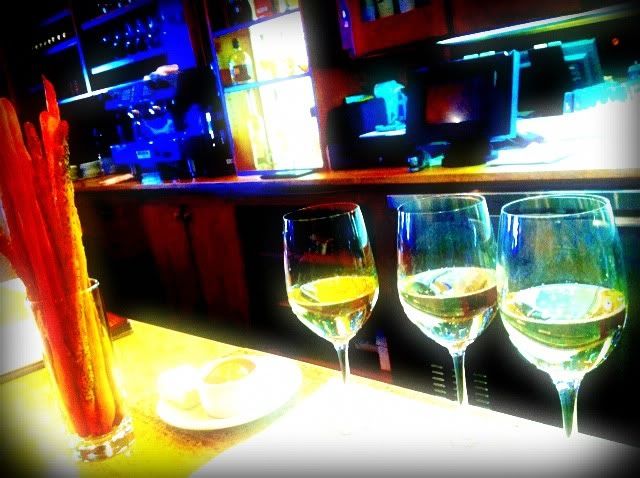
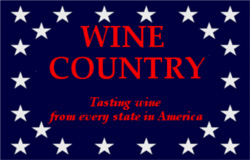
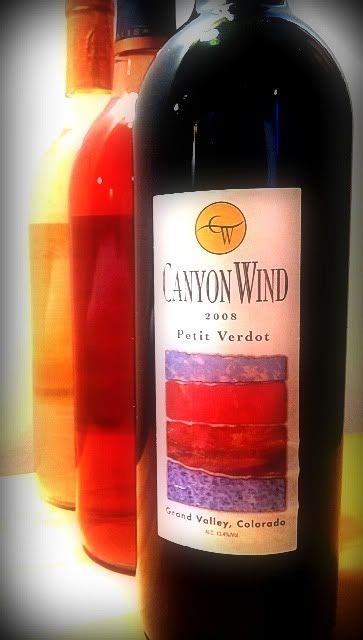 Canyon Wind Wines
Canyon Wind Wines

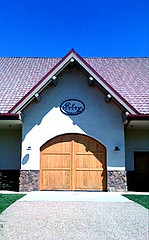 Foley Estate Vineyards and Winery
Foley Estate Vineyards and Winery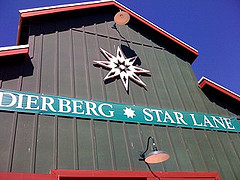 Dierberg and Star Lane Vineyards
Dierberg and Star Lane Vineyards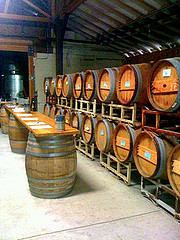 Shoestring Winery
Shoestring Winery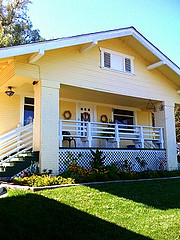 Lincourt Wines
Lincourt Wines